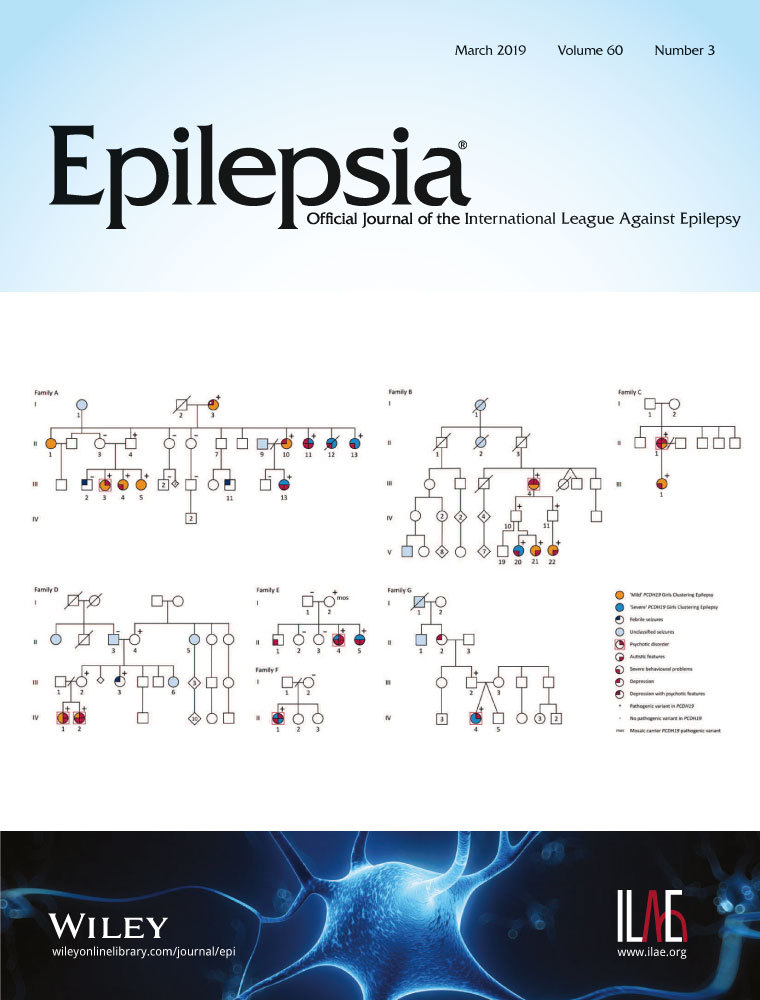Replication, reanalysis, and gene expression: ME2 and genetic generalized epilepsy
Summary
Objective
Genetic generalized epilepsy (GGE) consists of epileptic syndromes with overlapping symptoms and is considered to be largely genetic. Previous cosegregation and association studies have pointed to malic enzyme 2 (ME2) as a candidate susceptibility gene for adolescent-onset GGE. In this article, we present new evidence supporting ME2's involvement in GGE.
Methods
To definitively test ME2's influence on GGE, we used 3 different approaches. First, we compared a newly recruited GGE cohort with an ethnically matched reference sample from 1000 Genomes Project, using an efficient test of association (POPFAM+). Second, we used POPFAM+ to reanalyze a previously collected data set, wherein the original controls were replaced with ethnically matched reference samples to minimize the confounding effect of population stratification. Third, in a post hoc analysis of expression data from healthy human prefrontal cortex, we identified single nucleotide polymorphisms (SNPs) influencing ME2 messenger RNA (mRNA) expression; and then we tested those same SNPs for association with GGE in a large case-control cohort.
Results
First, in the analysis of our newly recruited GGE Cohort, we found a strong association between an ME2 SNP and GGE (P = 0.0006 at rs608781). Second, in the reanalysis of previously collected data, we confirmed the Greenberg et al (2005) finding of a GGE-associated ME2 risk haplotype. Third, in the post hoc ME2 expression analysis, we found evidence for a possible link between GGE and ME2 gene expression in human brain.
Significance
Overall, our research, and the research of others, provides compelling evidence that ME2 influences susceptibility to adolescent-onset GGE.




